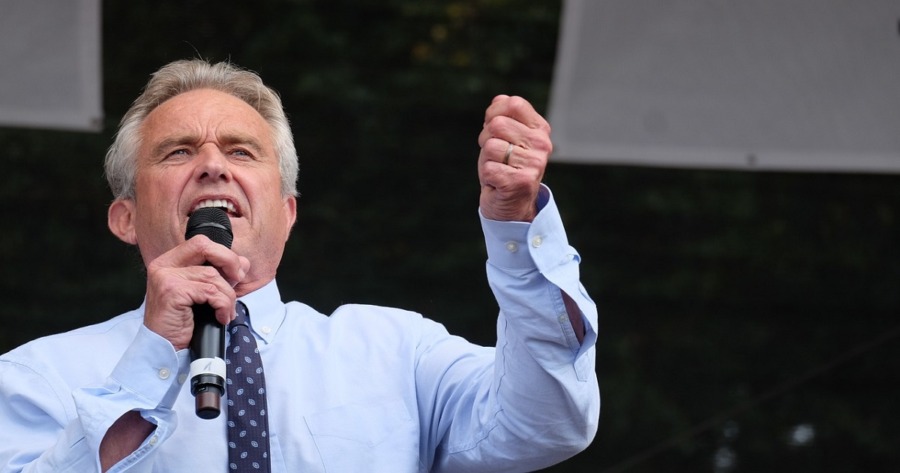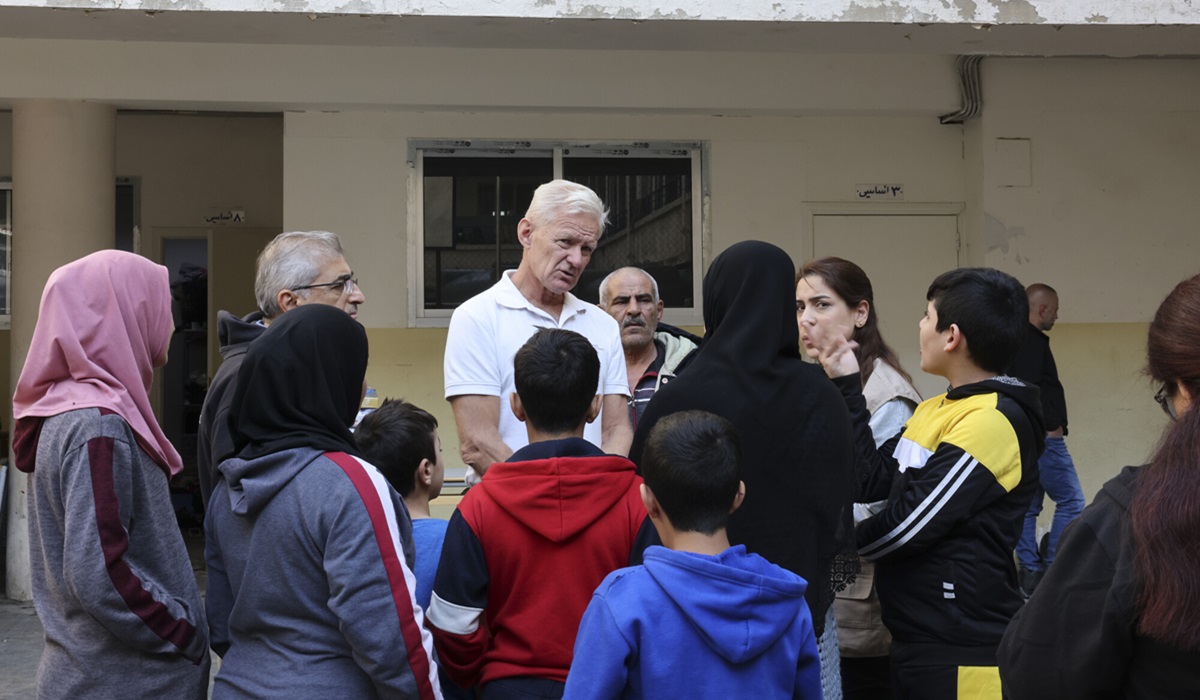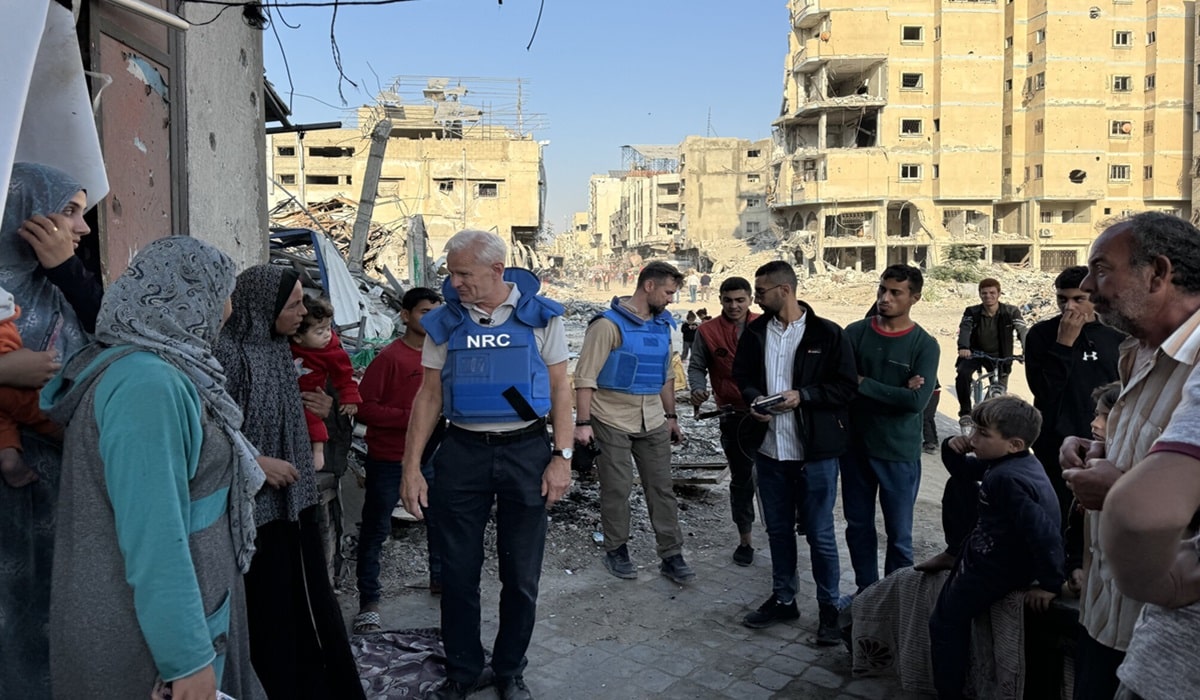Canada Receives Iran’s Final Report Into The Downing Of Ukraine Flight PS752
- TDS News
- Breaking News
- March 18, 2021
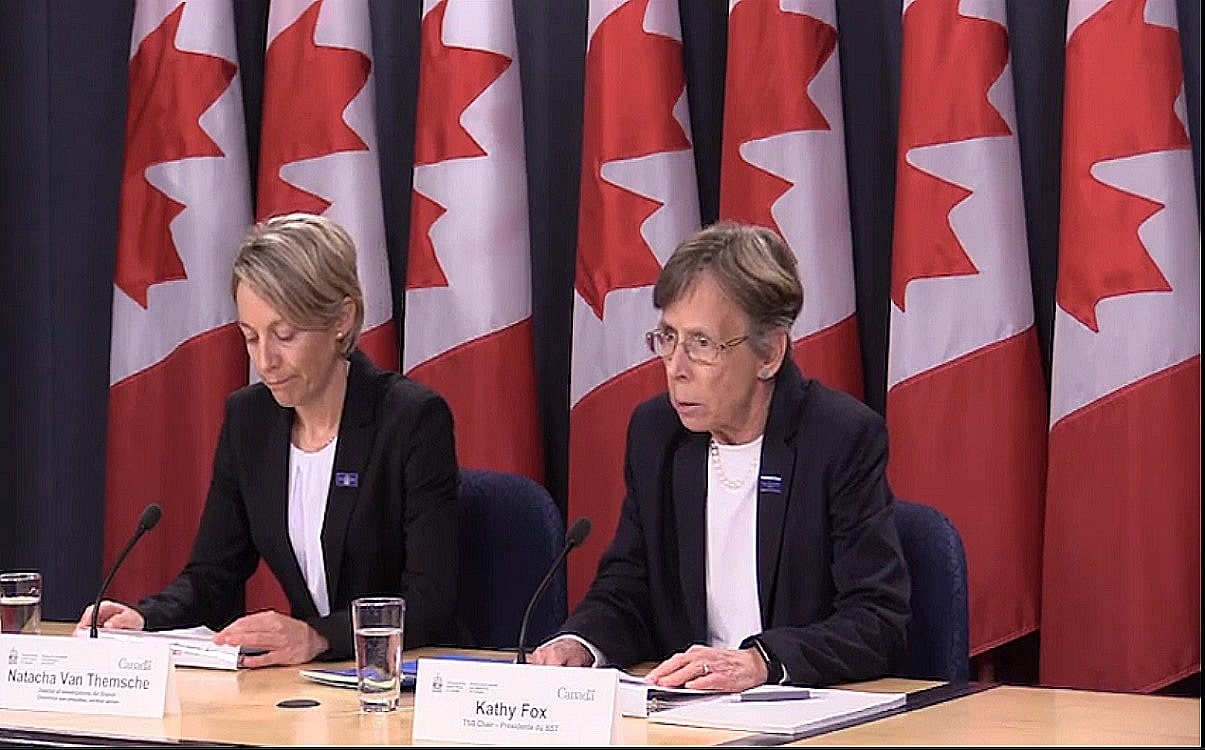
167 passengers and crew died in the downing of Ukraine Flight Ps752
TDS News – The downing of Ukraine International Airlines flight 752 shocked the entire international community. The tragic loss of life hit close to home as there were many Canadians onboard. At first the downing was blamed on mechanical failure by the Iranian government but they quickly changed their stance once the world was presented with indisputable evidence.
Excerpts from Kathy Fox, Speech, TSB Chair
Natacha Van Themsche, Director of Investigations (Air)
On January 8, 2020, Ukraine International Airlines flight 752 was shot down shortly after taking off from Tehran’s international airport, killing all 176 people on board, including 55 Canadians, 30 permanent residents and dozens of others with ties to Canada. Within a few short hours following this tragedy, the TSB advised Iran’s Aircraft Accident Investigation Board (or AAIB) that we would appoint an Expert in accordance with Annex 13 to the Convention on International Civil Aviation and we accepted Iran’s invitation to visit the accident site. From that day forward, we have been fully engaged in doing as much as possible to find out what happened, why it happened and what needs to change to prevent such a tragedy from happening again.
As a matter of practice, the TSB does not comment on reports from other agencies. However, given this unprecedented situation, where the state whose military was implicated in the event led the investigation, and given its impact within Canada, we feel that it is important to publicly convey our independent assessment of the final report.
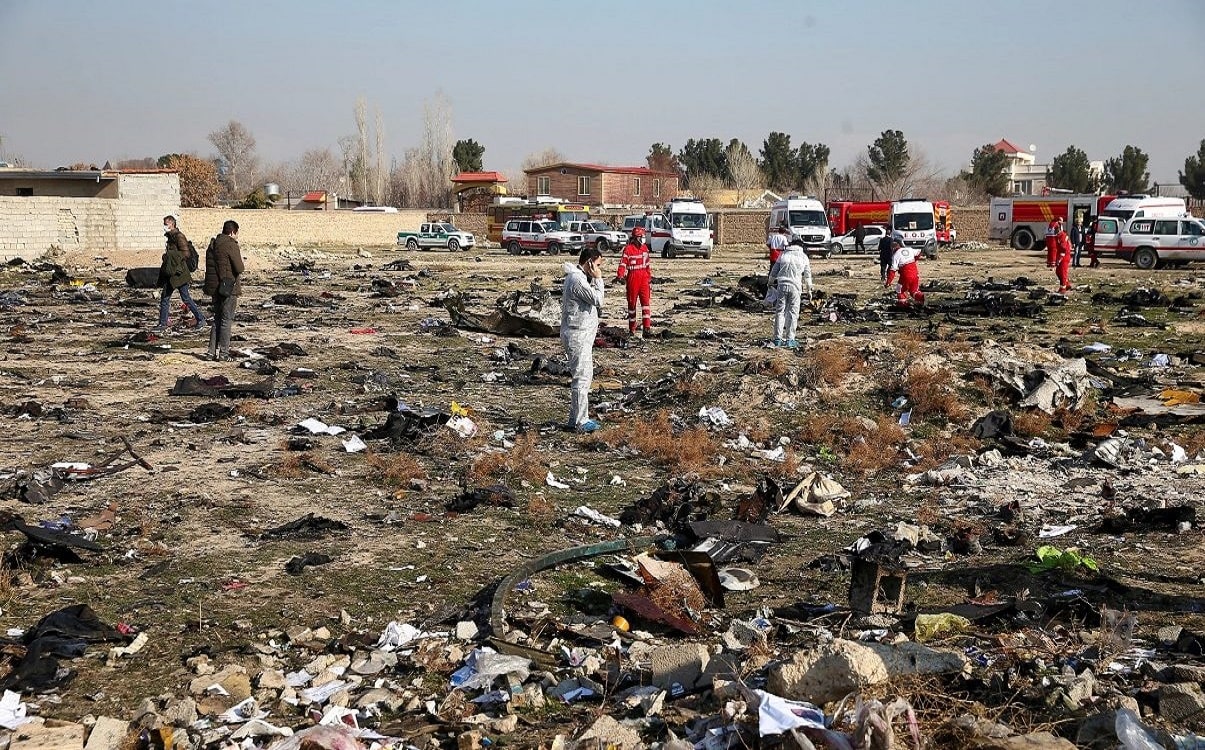
From the very beginning, Iran offered the TSB more access to the investigation activities than we were technically entitled to, but less than what we asked for. For example, two TSB investigators spent six days in Tehran following the crash, visiting the accident site, examining the wreckage, and meeting with Iranian safety investigators to review information gathered by their team. Later, they also met with Iranian, Ukrainian, and French investigators in Kiev before returning to Canada.
In July of last year, our Expert and a TSB recorder specialist attended the readout of the aircraft’s flight recorders in Paris. Throughout the course of the investigation, we were in direct contact with Iran’s AAIB and attended many discussions with the other participating countries. However, in spite of multiple requests, we were never formally accorded the higher status of accredited representative and hence were not allowed to listen to the cockpit voice recorders or directly access the flight data recordings.
At Ukraine’s request, in early February of this year, Canada was invited to provide technical assistance, and Ukraine gave access to the draft safety report for review and comments.
Throughout this process, Canada specifically asked Iran’s AAIB to answer 3 important questions –
- What was the sequence of events, including the technical, human and organizational factors, that led to the missiles being fired and ultimately the downing of PS752?
- What was the basis for the decision to keep Iran’s airspace open during a period of heightened military alert after Iran had launched missiles into Iraq? and
- Why did civilian airlines continue to operate in Iran’s airspace in the hours following Iran’s launch of missiles into Iraq?
Conclusion
This report only partially explains why the airspace remained open and why operators continued to fly after Iran had launched missiles into Iraq. It does not explain any of the underlying factors behind why the missiles were launched at PS752, the stated cause of this tragedy. In short, the report says what happened, but doesn’t address the why.
The report indicates that some unspecified safety actions have since been taken to reduce the risk of this happening again. However, the lack of detail means we can’t confirm that these actions will actually reduce the risks to civil aviation operations within Iran’s airspace.
Furthermore, although the AAIB has issued some recommendations, these don’t specifically address the stated cause of this tragic event – the launching of the missiles.
More needs to be done to protect international civil aviation from operating in conflict zones. In a follow-up report to its investigation into the 2014 downing of Malaysia Airlines flight 17 over Ukraine, the Dutch Safety Board warned (and I quote): “Practice shows that States in which there is an ongoing armed conflict will not implement restrictions for their airspace on their own initiative.”
While ICAO has taken some action it wasn’t enough to prevent this occurrence. Transport Canada is now leading an initiative – Safer Skies – to improve the safety of air travel worldwide by addressing gaps in the way the civil aviation sector deals with conflict zones. Such initiatives offer the best hope for the future to avoid another PS752.




